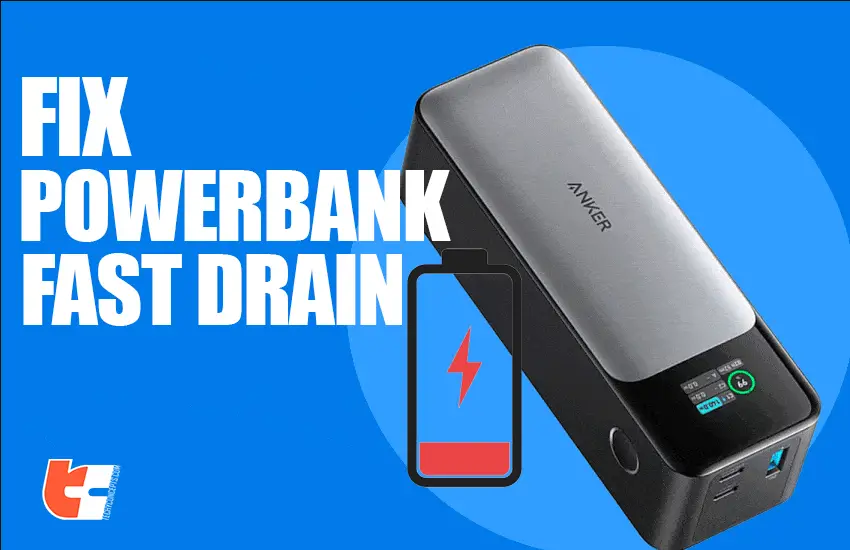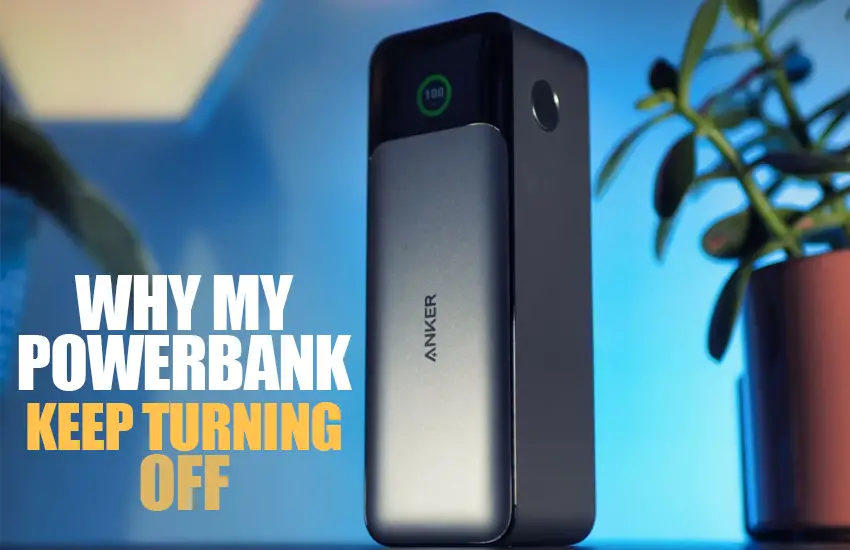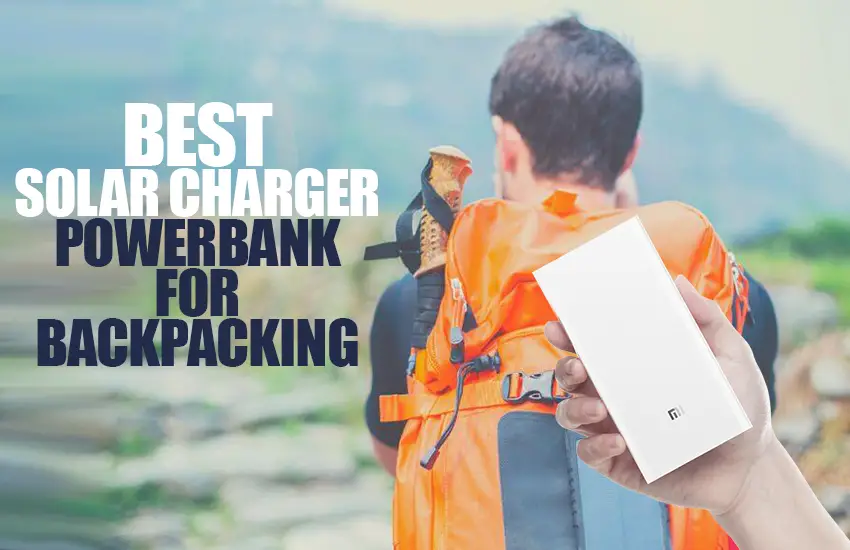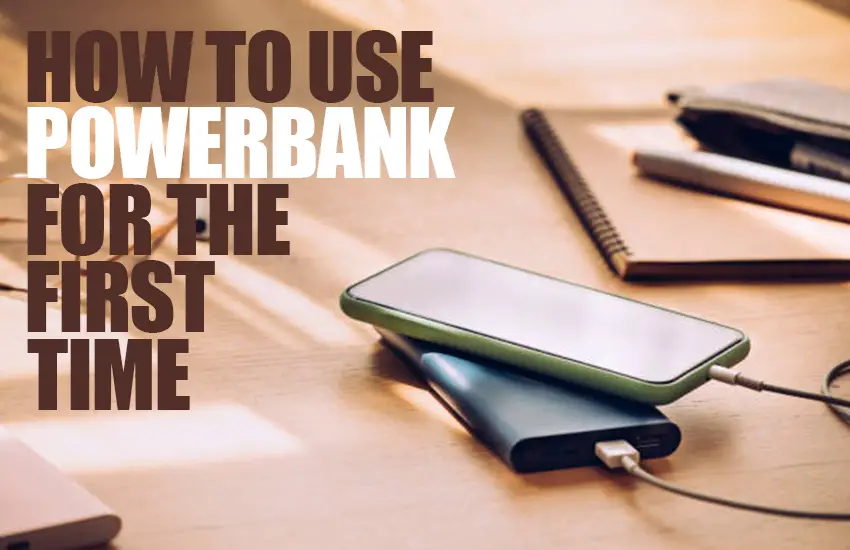Can You Bring/Carry Power Banks On Plane?
Power banks have become one of the most essential travel companions for tech geeks like you and us in this modern-day tech-savvy world. Whether you’re a business traveler, a tourist, or simply someone who likes to stay connected, the importance of having a reliable power source for your device can’t be stressed enough.
However, when it comes to air travel, there are rules and regulations in place regarding the use and transportation of power banks. Join us as we are going to explore whether a 20,000mAh power bank is allowed on flights and also provide you with essential information to ensure a hassle-free journey.
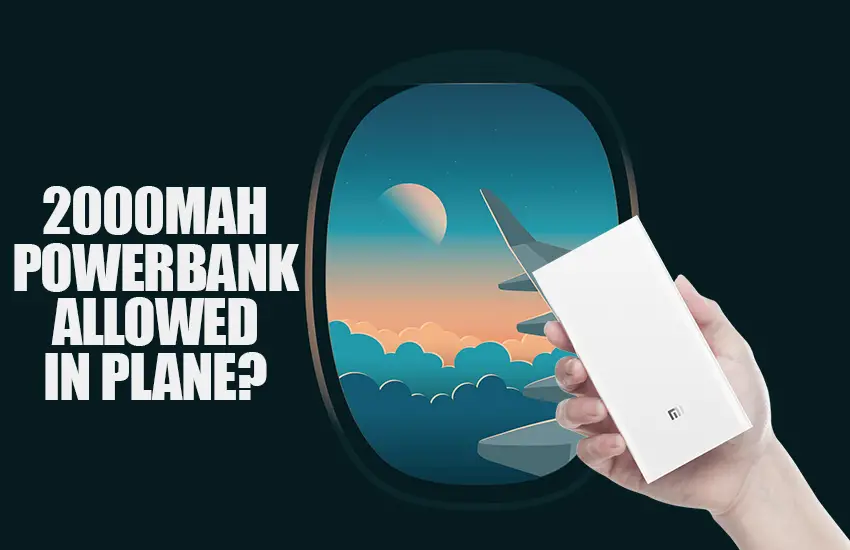
What Kind of Power Banks Are Allowed in Flight?
When selecting a power bank to take with you while flying on an airplane, there are several factors you should keep in mind before packing your luggage. Here’s a checklist of all the things you must do to avoid security hassles later on:
1. Check Capacity Limit
First things first, it’s wise to keep the capacity of your power bank typically limited to 100 watt-hours or 20,000mAh. However, this limit may vary depending on the airline and the specific regulations in place.
If you’re unsure about the capacity of your power bank, you can calculate it using the formula: Capacity (in Ah) x Voltage (in V) = Watt-hours (Wh). Nevertheless, most power banks have their capacity and voltage information printed on them. You will also find this piece of info on its User Manual Booklet provided by the manufacturers.
Therefore, it’s essential to check with your airline for their specific guidelines, as regulations may have evolved since then.
2. Pack Power Bank Correctly:
It’s crucial to carry your power bank in your carry-on luggage and not in your checked baggage. This rule is consistent with almost all international airline policies. But why though?
It’s typically because lithium-ion batteries, which are commonly found in power banks, have the potential to catch fire or overheat when you’re flying on the plane.
3. Look For Certifications:
It’s a good idea to look for certification labels on your power bank. Certifications from organizations like Underwriters Laboratories (UL) or the Federal Aviation Administration (FAA) can indicate that the power bank meets safety standards and can be carried along to flights.
If the certificate label is there, you can chill without having to worry about calculating its power capacity.
Is a 10000 mAh Power Bank Allowed on a Plane?
If your 10000mAh power bank is operating on a 5V battery, its likely power consumption is more or less 50Wh which is well within the limit. But remember, your 10000mAh bank can only be carried in hand luggage not in checked luggage.
Are 27,000 mAh Power Banks Allowed on Flight?
Well, it depends. As far as we know, you can bring power banks up to 27,000 mAh on most passenger aircraft. Larger power banks may be allowed on some airlines across different parts of the world. You will be fine carrying your 27,000 mAh power bank in hand luggage, but for further assurance, double-check with your respective airline policies.
Can You Bring a 1000 mAh Battery on a Plane?
Generally, yes. Rechargeable and portable batteries that contain lithium-ion can only be packed in carry-on baggage. They’re limited to a rating of 100 watt hours (Wh) per battery. With your respective airline’s approval, you may also be allowed to take two larger spare batteries (up to 160 Wh) with you.
Safety Tips for Using Power Banks on Flights:
Besides adhering to the regulations, here are some additional safety tips for using power banks during your flight:
1. Ensure that your power bank is fully charged before your flight. This ensures you have ample power for your devices during the journey.
2. Turn off your power bank when not in use. This helps conserve energy and minimizes the risk of overheating
3. Protect your power bank from physical damage during the flight, as damaged power banks can pose safety hazards.
4. Always comply with the cabin crew’s instructions regarding the use of electronic devices, including power banks.
Frequently Asked Questions
Q.1: Can you take a 20000 mAh power bank on a plane?
Answer: Yes, you can bring a 20,000mAh power bank on a plane in your carry-on luggage, but make sure it’s under 100Wh and declare it at security. Avoid putting high-capacity power banks in checked luggage. Check specific airline and destination rules for any variations.
Q.2: What is the maximum power bank capacity allowed on flights?
Answer: It depends. Most airlines and aviation authorities typically allow power banks with a maximum capacity of 100 watt-hours (Wh) or less to be carried on flights. Still, it’s better to check out the policies of the airline you plan to fly with to avoid complications later on.
Q.3: Is a 50000 mAh power bank allowed in international flight?
Answer: Rules and regulations vary from different airline to airline. A 50,000mAh power bank may typically have a capacity of 185 watt-hours (Wh), which exceeds the common limit as per the policies of the majority of airlines. However, if your power bank puts out 5V and has a capacity of 10,000 mAH, that is 50,000 mWH = 50 Watt-hours, then it’s alright.
Q.4: Why is power bank not allowed in flight?
Answer: Many airlines may restrict power banks if they contain lithium-ion batteries with very high density. They may be considered as dangerous goods by the International Air Transport Association (IATA).
Q.5: Can I put a powerbank in my hand luggage?
Answer: Well, you are allowed to carry power banks in your cabin luggage, however not in your checked-in luggage. Again, it may vary from airline to airline. You should sort it out with the airline you’re flying with beforehand.
Q.6: Can I put a power bank in my luggage?
Answer: Yes, you may put a power bank in your hand luggage for carrying around. However, most airlines do not allow people to carry power banks in checked luggage.
